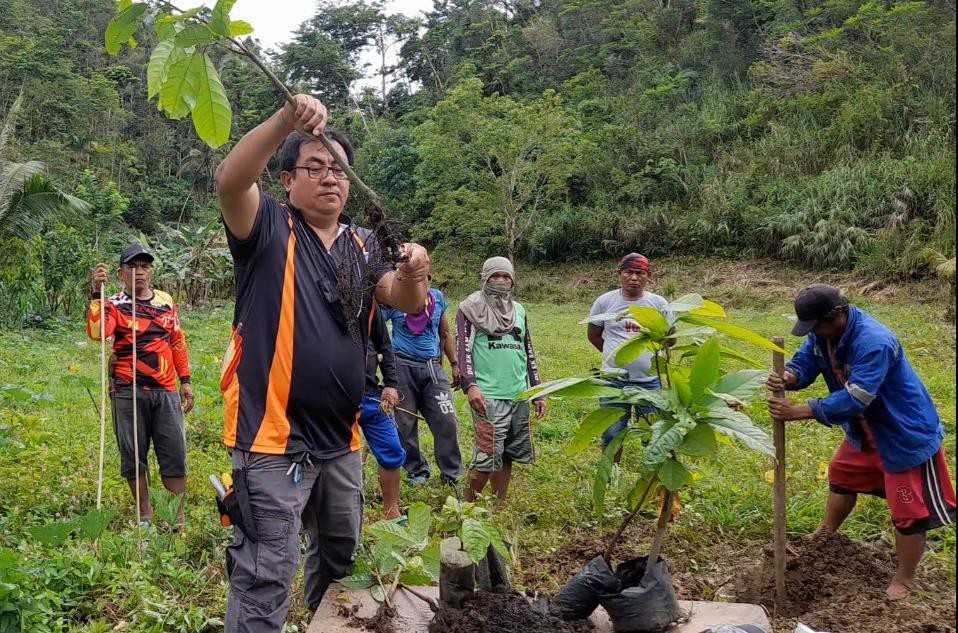New cacao farming technique turns an all-year round harvest

“How can you expect a tree to yield large volume of cacao pods if the bud wood used in grafting for the seedling to be planted doesn’t yield cacao pods?”
This is what Jack Sandique, a cacao farming expert of Cacao PhilSense asked the training participants and stakeholders of the Department of Science and Technology Region VII (DOST-VII) - Bohol Provincial Office.
Sandique added that this is the problem that most farmers are not aware of since grafted seedling are either given to them for free or if they bought it, they don’t know where they were sourced.
Cacao PhilSense is a group of cacao experts in cacao farming, post-harvest and cacao bean processing. They are advocates of these new methodology and technique in cacao farming and post-harvest processes.
In traditional farming, a farmer is given grafted cacao seedlings to be planted. Most of them do not even know where the seedlings came from, and sometimes they do not know which cacao variety they’re planting. The farmer is often promised that after two to three years, the cacao trees will start to bear fruit and their hard work will pay off once they can sell the dried beans or process the cacao beans further as tableya.
However, after two to three years, some farms have cacao trees that barely produce flowers with some trees being stunted. With this, farmers will spend another year or two and end up having to spend more money.
Harvesting of cacao pods as a result of traditional farming comes in two harvesting seasons, the peak and the lean. Peak season starts in August, up to December when you can harvest every other week. Lean season starts in January, and runs up to May when harvesting is done monthly. The months of June and July are null months with little or no harvest at all.
Cacao PhilSense’ new way of cacao farming, grooms the cacao trees, making the cacao pod harvesting to be done all year round, with no more peak or lean season.
Part of this new technique is carefully selecting the planting materials to be considered for grafting. The bud wood must come from a productive tree that produces high yield of
cacao pods. The planting bags used for growing seedling in the nursery are much bigger compared to the traditional ones being used. This allows the roots to grow even during the nursery stage in preparation for planting. Using this method of seedling preparation paired with proper land area preparation would result in the planted cacao seedling to start bearing fruits after one and a half year.
DOST- Bohol collaborated with Cacao PhilSense in conducting training workshops, one of which is in the farms in Bohol. The training was attended by cacao farmers, growers, and enthusiasts to replicate the success of a cacao farm in Mindanao, where they used the same method and techniques of properly preparing the planting materials to yield more cacao pods. (By Angelo Bagaipo, DOST VII)
